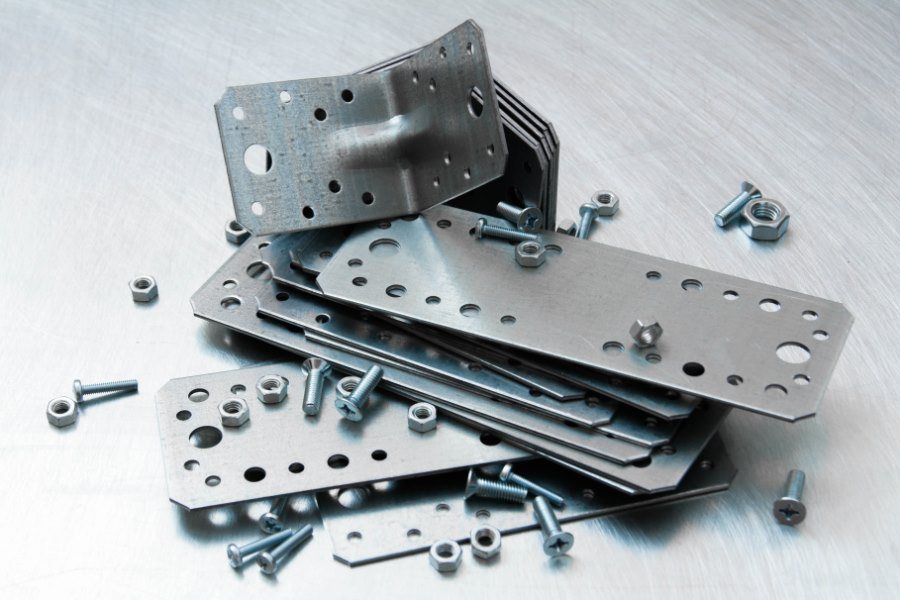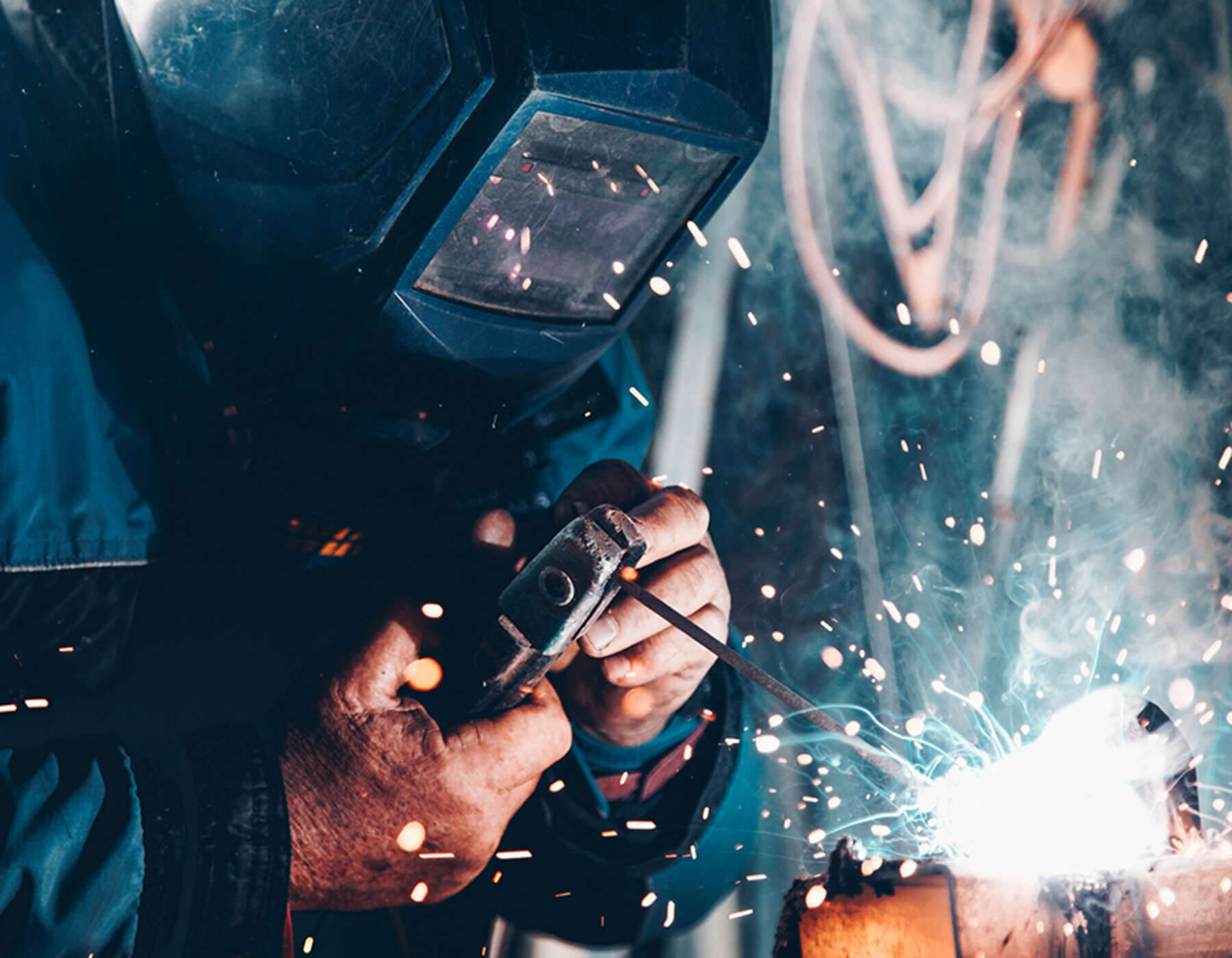
Requiring maximum precision and advanced technology for high-profile, complex projects, metal blanking isn’t a widely known fabrication process, but it is important.
We use metal blanking to shape sheet metal using techniques such as punching, deforming, and cutting to set specifications, creating high-quality finished projects and component parts.
Ultimately, this sheet metal service involves punching sheet metal to achieve specific shapes, where the punched piece is what is known as the blank.
In this post we take a look at metal blanking in more detail, some of the benefits this fabrication process offers, as well as some of the limitations.
What is metal blanking?
Sheet metal blanking is a metal production process used on various metals such as aluminium (most popular), iron, stainless steel, and copper.
Professional sheet metal fabricators carry out the metal blanking process using punches and die systems on large sheet metal to create specific shapes and sizes.
The extracted sheet is then what is known as the blank.
Note: Punches and dies will work differently on the varying metals due to the tensile strength and different makeups of sheet metal and it’s important to be aware of this and how quality could potentially be affected.
Blanking requires the right machinery, which, when in place, can generate considerable benefits.
The main one….
…the ability to mass produce items in good time frames.
Types of metal blanking
Iron blanking – iron offers excellent technical and mechanical properties, making it a tenacious metal suitable for various projects and large machinery.
Stainless steel blanking – one of the most popular metals due to its corrosion resistance, stainless steel has a good lifespan and is suitable for damp and humid environments. This makes it an ideal metal for medical products, food packaging, kitchen utensils, and certain areas of construction – all of which make use of blanking.
Galvanised steel blanking – with all of the benefits of stainless steel, galvanised steel is suitable for the automotive, aerospace, and manufacturing industries. Compound stamping – fast, precise, and ideal for complex steel parts.
Aluminium blanking – lightweight, economic, and incredibly malleable, aluminium is durable and 100% recyclable making it suitable for parts and components in aerospace, packaging, automotive, energy, and household equipment. This metal is also low-cost, making it cost-effective for large-volume runs.
Copper blanking – corrosion resistant, this metal is also magnetic and provides high thermal and electrical conductivity.
Square sheared blanking – using specialist clamping tools this type of blanking, as the name suggests, produces square-edged blanks. This technique is perfect for creating panels, casings, or square-shaped components.
Process of metal blanking
The process of sheet metal blanking involves a press, punch, and die system, as well as an experienced fabricator and a steady, skilled hand.
The first stage involves positioning the sheet metal over the die and setting the correct measurements and specifications as required for the project.
The press is then set into action, exerting force onto the punch, cutting the sheet metal at speed.
This process focuses on the punch technique, shearing the metal to the desired shape.
In some instances, blanks with rough edges (burrs) do occur and can negatively affect quality and functionality. To combat this, we recommend using other sheet metal fabrication services to remove these imperfections.
The machinery used with the blanking process includes:
- Hydraulic press – powerful, accurate, and easy to operate. However, this type of press is not suitable for large production volumes.
- Mechanical press – doing the heavy lifting for you, the mechanical press is great for large production operations.
- CNC machinery – equipment can be quickly configured to provide quick lead times and perform long production runs. CNC machinery helps to adhere to strict tolerances and reduce waste.
Note: Blanking tools and systems can cause abrasion and increase stresses due to the quick and hard compression. Friction in the press is also a possibility, increasing the chance of breakage, chipping, and, when used with plastics, deformation.
We’ve talked about blanking and punching within the fabrication process, and it’s important to note that the process for these techniques is the same. However, it is the outcome of the process that is different.
For example, in metal blanking, the desired part is the section that you have punched out.
However, when punching, the punched-out part is disregarded, and the sheet remains valuable.
Benefits of sheet metal blanking
- It can create continuous reproductions of blanking, making it a great option for producing metals, coins, and bottle tops.
- Fine blanking can be used when you’re working with tight tolerances, reducing burr occurrences and creating all-around smoother edges.
- If you require complex steel parts with specific designs, complex die stamping can be a great solution – simple, fast, and accurate.
- It offers good lead times and reduces waste as the blanking is the element cut from the sheet metal.
- It is cost-effective due to speed in process and lead times.
- Excellent at creating identical parts and components.
Sheet metal fabrication near me
Blanking is a simple and fast process that offers quick production with the ability to extend your production lines.
It is an integral part of the fabrication process and one which we’re proud to provide.
Offering an end-to-end solution, the team at Morfabrication is with you every step of the
fabrication process.
Call us today at 0191 816 2718 or email us at info@morfabrication.com to see how we can help you with your next fabrication project.
Read next blog: Guide to Metal Punching
